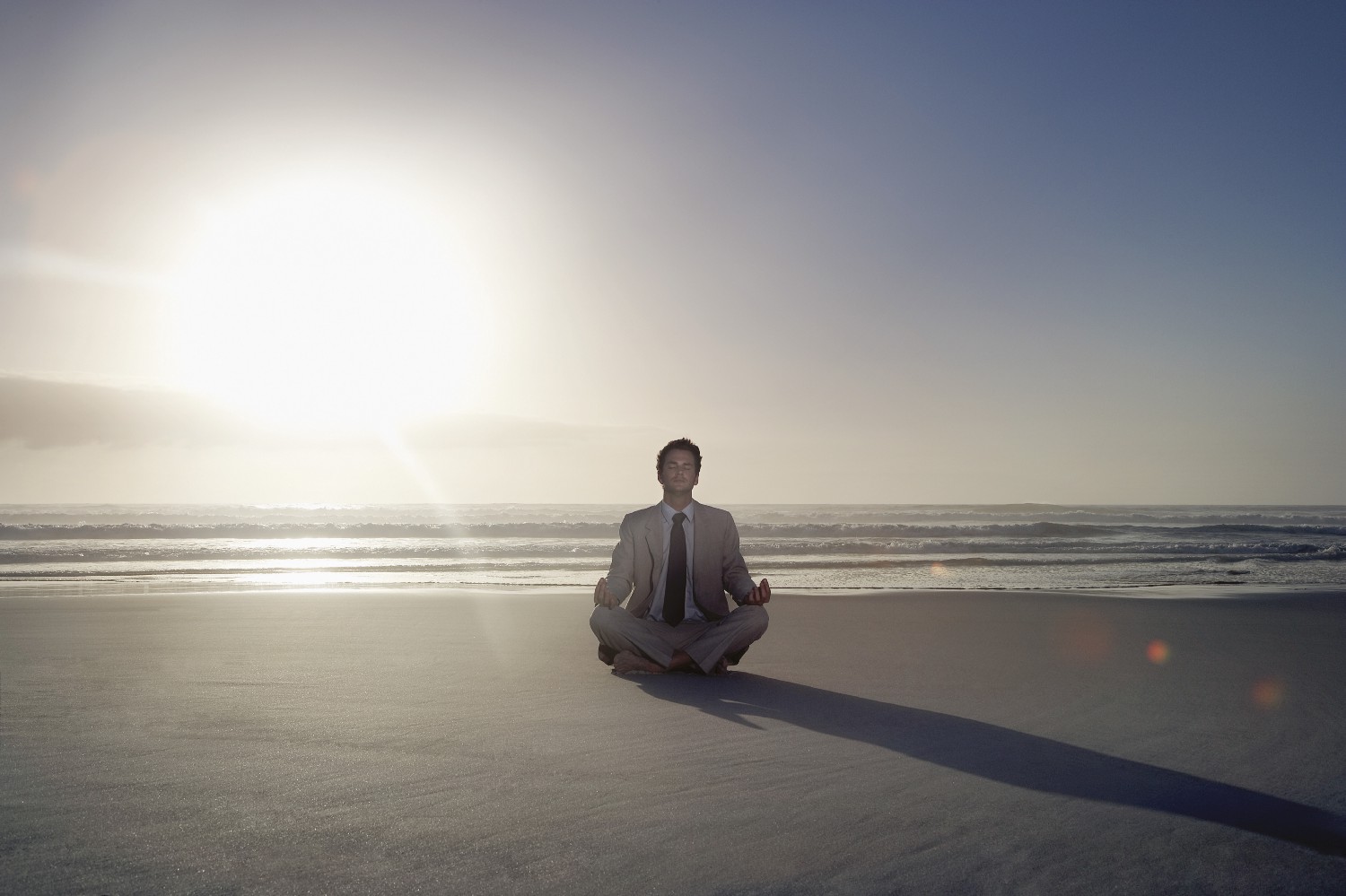My obsession with meditation began with a monk stopping his heart.
In my early teens I went on a spiritual journey trying to find my place in the universe, and it’s a journey I’m still on today. I was restless and confused and I wanted clarity. I talked to my friends and their parents, visited Christian churches of all denominations, attended an amazing Mormon church for a few years, visited synagogues and talked to rabbis, and read every religious text I could find, but a trip to a Buddhist temple impacted me like nothing had before.
The temple was holding a meditation seminar, headlined by an apparently famous Buddhist monk. I’d never heard of him, but when he took off the top of his robe and allowed people to stick the beige pads of a heart monitor to his chest and back, he had my full attention. I watched, mesmerized, as he meditated. The room was silent except for the sounds of his breathing and the soft blips of the monitor signaling the beats of his heart. And they were getting slower.
As the minutes passed I found myself holding my own breath, only breathing when I heard another blip, and each were getting farther and farther apart. But then, something truly remarkable happened…
The monk’s heart stopped beating.
He flatlined.
At least that’s what it appeared like. I later learned that heart monitors in the 1980s would flatline when heartbeats slowed below a certain rhythm, and often delay coming out of a flatline even when a new, subtle heartbeat occurred. But the effect was astounding.
For most of my life up to that point I’d felt reactive, like my world was outside of my control. Seeing a human being possess the presence and self-control to slow his heart rate to the point of being undetectable by the heart monitor redefined what I thought was possible.
I wanted, and still work toward, the body awareness that the monk had. From that moment on, seeing the real-time biofeedback of meditation, I was hooked. I also thought the goal of meditation was to stop my heart from beating, so my expectations may have been a bit unrealistic. Undeterred for more than 25 years, I sought out and consumed hundreds of books on meditation and awareness, mindfulness seminars and retreats, audiobooks and soundscapes. I practiced yoga regularly, even completing a year where I did it every day.
I even got the chance to experience a laboratory demonstration of cognitive biofeedback, where complex equipment and sensors monitored my body’s signals as I stared at a screen and tried to “move a ball with my mind” (I know how that sounds, but it was intense). The feedback was eye-opening; not that I was good or bad, but that I actually had measurements for my varying levels of awareness.
I was sold. I wanted one in my house. The only problem? Those monitors cost tens of thousands of dollars to develop and purchase. (Of course I asked.)
It wasn’t until June 2016 — about 15 years after that trade show demonstration — that I discovered the Muse meditation headband, and I was floored. For the first time I was eyes-closed, meditating with audible biofeedback…
Just like the monk.

The feedback during just my first Muse session gave me perspective on meditation and awareness that I hadn’t been able to create in more than 25 years. Today, I feel my entire meditation practice has clarified and I’ve gained a new level of awareness in my life. I’m able to better self-regulate emotionally and be less triggered in situations where I would normally become reactive. More and more I’m able to consciously pull myself back into greater levels of awareness and out of that reactivity.
To learn more about getting started or optimizing your meditation practice, check out my Meditation Starter Kit.
Originally published at www.choosemuse.com.
Originally published at medium.com


